Val di Non, 10 places to immerse yourself in its nuances
Val di Non is a valley located in the Trentino-Alto Adige region. It is surrounded by the Dolomites and the Rhaetian Alps, and its notoriety is due to its unnatural landscapes and colors. The valley features several lakes, such as Lake Tovel and Emerald, known without a shadow of a doubt for their intense hues and ideal for hiking, picnics, and relaxing moments in the midst of nature. Val di Non is also a valley full of history, with roots dating back to the Neolithic period, as evidenced by the artifacts preserved in the Rhaetian Museum. Its castles and shrines beyond that tell the stories of the noble families that settled in the area, such as the Spaur (in Italian, the Sporo). Of all of them, however, the Sanctuary of San Romedio with its five interconnected churches is the most fascinating. Located on a rock, it is one of the most popular destinations for pilgrims and visitors. Beyond that, there is no shortage of excursions into the heart of the land; in fact, the Rio Sass Canyon trails and visits to waterfalls make the valley unique. Val di Non therefore represents a must-visit trip for anyone wishing to discover the greenness of Italy, which is why we point out ten places to visit in this sultry summer.
1. The Pradiei
Considered important for the cultivation of wheat, potatoes, and the grazing of livestock from which farmers made their cheese, the Pradiei in Val di Non offer a relaxing route through the green of their meadows and the colors of its flowers. Equally important for the Pradiei, is the cutting of the fiero, which is processed and then joined to the fresh cheese wheel traditionally called Balone. Also passable by bicycle, the Pradiei’s walks give nuances and scents that smell of fresh air. Their paths are really suitable for anyone, even children who with great amazement may meet horses and grazing cows on the way.
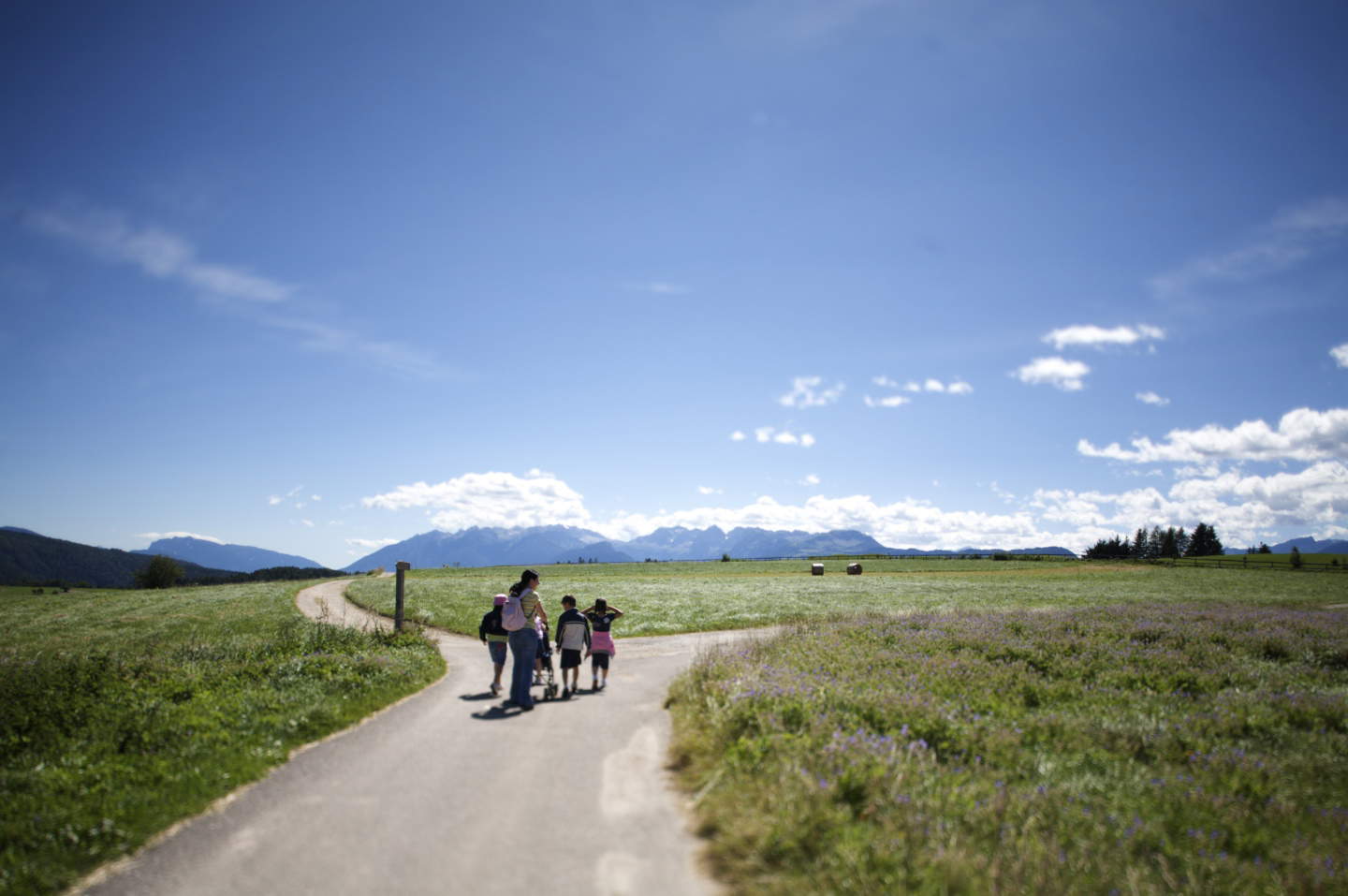
2. Valer Castle
Valer Castle stands in a strategic position among the apple orchards that distinguish Val di Non.lThe castle’s thousand-year history is linked to the noble Spaur family, who ruled the castle from the 16th century Although the Spaurs took over the fortress in the Renaissance period, the history is even older, as the 41-meter tower (a unique case in Trentino) of octagonal shape and the 1191 document can prove. Inside, with more than 100 rooms, it is possible to visit the gardens, the chapel of San Valerio frescoed by Giovanni and Battista Baschenis (1471-1503), the Madruzzi rooms, the Ulrich Hall, and several other areas of the fortress such as the Hall of Coats of Arms.
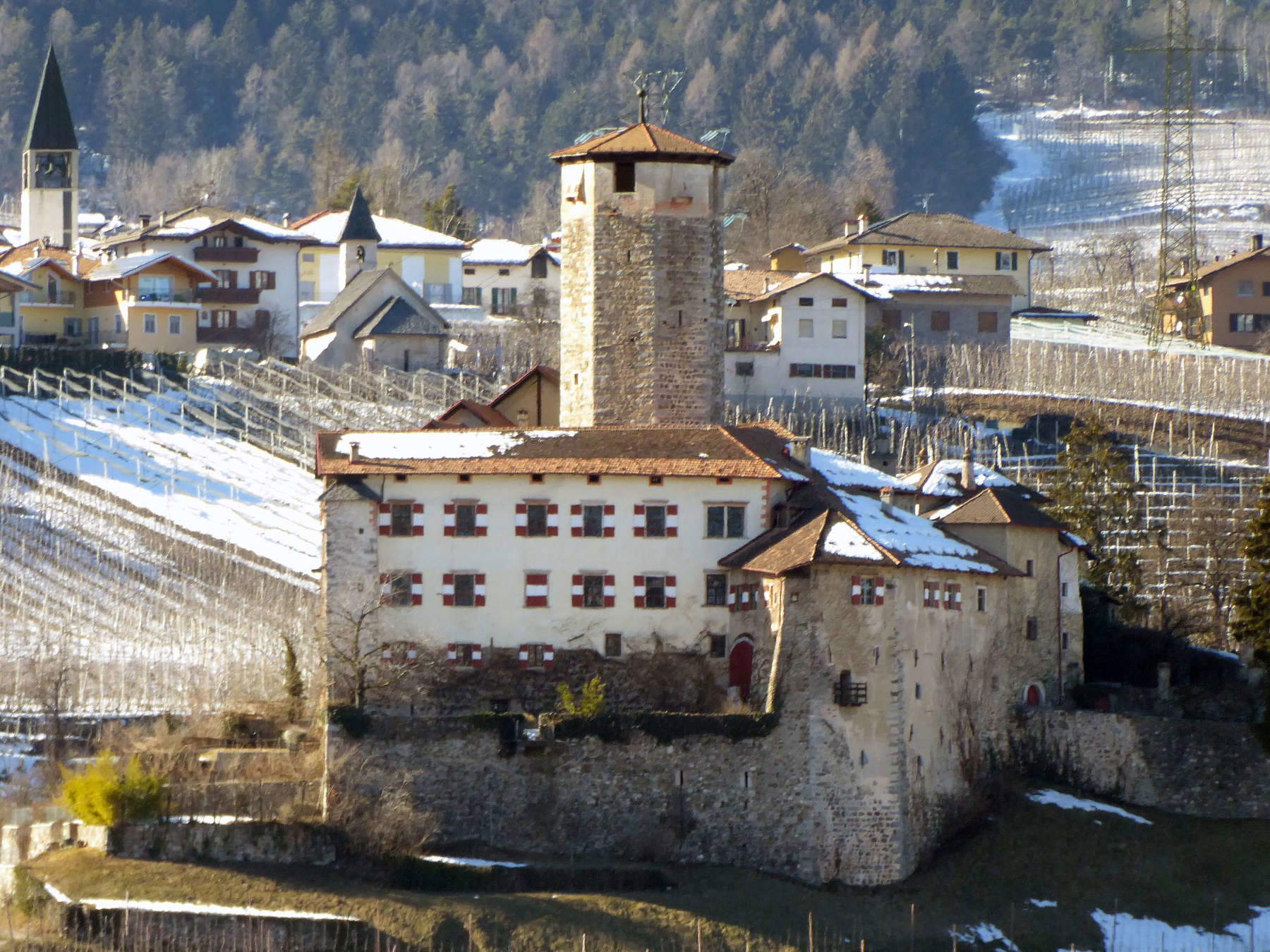
3. The Sanctuary of San Romedio
The Sanctuary of San Romedio in Val di non, built on a spur in the territory of Predaia, is a hermitage linked to the figure of San Romedio, a 15th-century hermit who, according to legend, lived in the place in the company of a bear. The sanctuary, consists of five churches, joined together by a long flight of steps and are: the Old Church and sacellum which has a Romanesque portal, the Church of St. Romedio built in 1536, the Church of St. Michael founded in 1514 and the Church of Our Lady of Sorrows in 1918 in thanksgiving to Our Lady to the peace that followed the war. The interior of the complex also contains many votive offerings dating back to the 15th, 16th and 17th centuries.
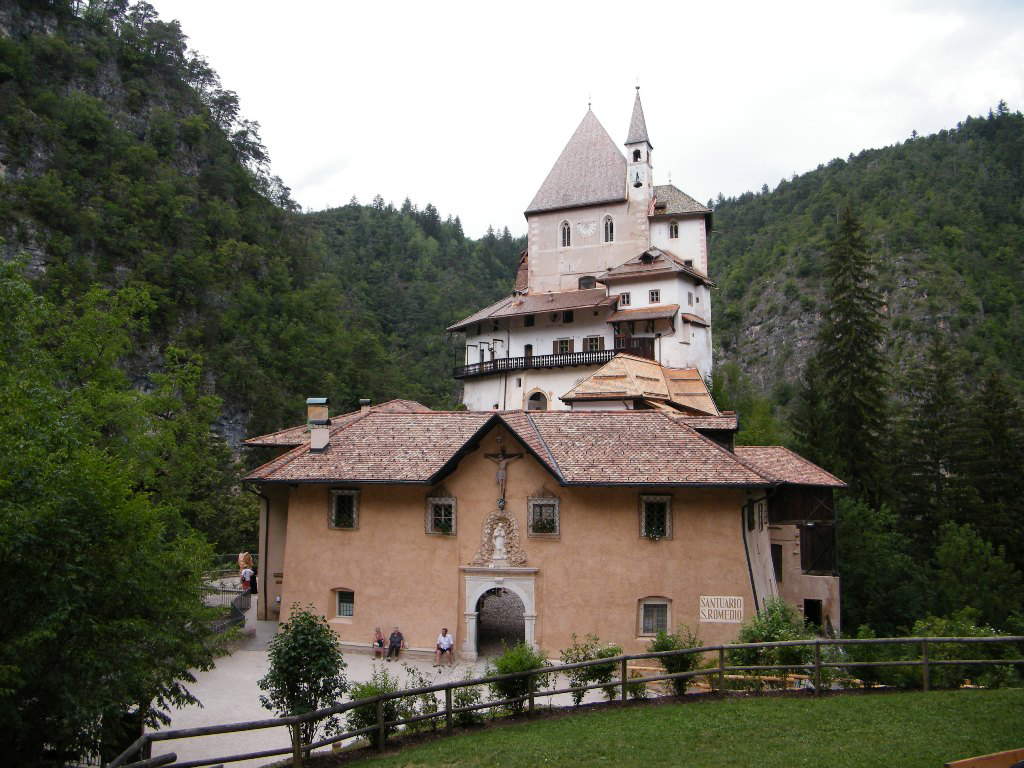
4. Emerald Lake
Lake Smeraldo, an artificial lake in Alta Val di Non, owes its name to the color of its waters, which are emerald green in tone. In summer surrounded by the green trees around and the blue sky, the lake’s waters shimmer between turquoise and emerald. Over the years it has become a destination for sportsmen and visitors seeking to relax in nature, also offering a picnic area, a beach and refreshment spots. Venturing along its paths it is besides that possible to get to the Falesia Marino Stenico, a gymnasium in nature of rock. The lake’s special feature, however, can be seen in winter: at that time its waters become frozen and turn into a picturesque skating rink.
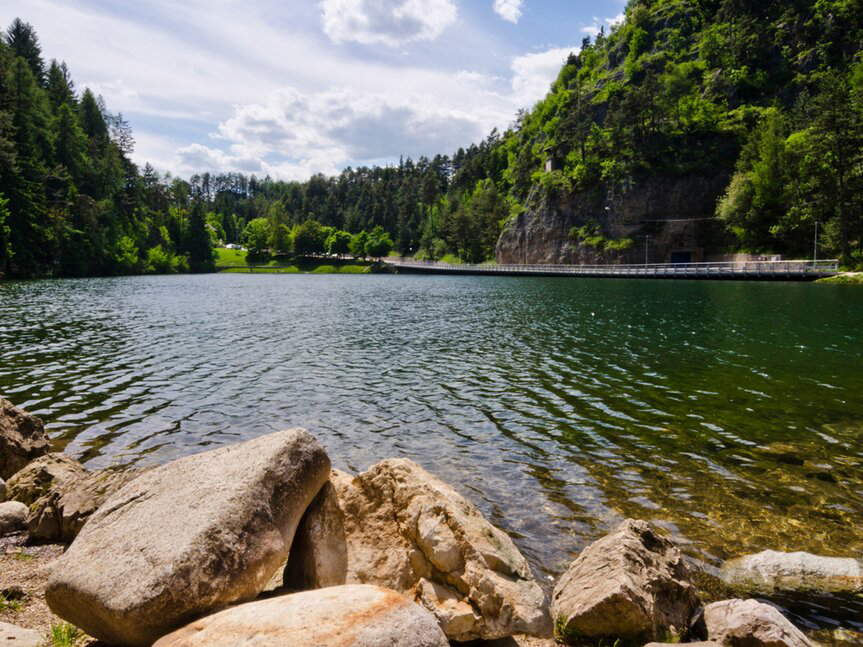
5. Sporo Castle
Castel Sporo in Sporminore is a medieval fortress located at a strategic point in Val di Non, specifically in the municipality of Spormione. To this day all that remains of the ancient fortress are ruins, from which it takes its nickname Castel Sporo-Rovina. Belonging to the distant aristocratic Sporo family, whose roots date back to 1165, the castle consisted of walls and towers that concealed and protected the noble structures, and to this day all that remains of its octagonal keep are 14-meter ruins. Before its decline, the castle saw a succession of masters and governors, such as the Sporo family and Volcmaro of Burgstall, founder of the Spaur lineage, who in honor of the previous lineage decided to take its name by making it German, Spaur, later giving rise to the family that ruled it until its partial demolition.
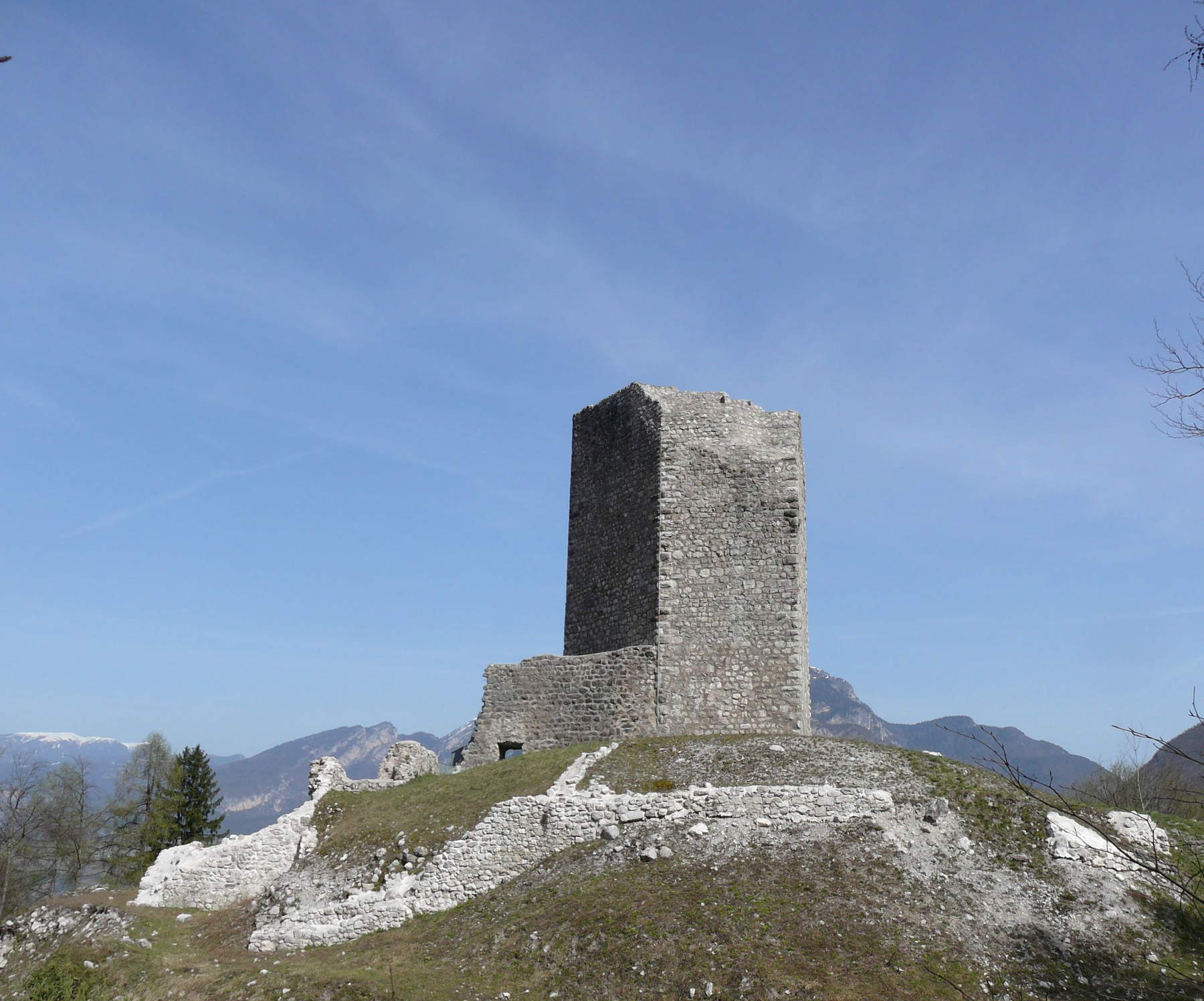
6. The Rhaetian Museum
The Rhaetian Museum in Sanzeno is the perfect place to understand the archaeological heritage of Trentino. Inside you can find a collection of artifacts dating back to 3000 B.C., artifacts from the Roman period, and those of the Rhaetians, a people who lived between the 6th and 1st centuries in the eastern part of the Alps and were subjugated to Rome around the 16th and 15th centuries B.C. The museum’s exhibition itinerary is divided into four sections: starting from the bottom, descending into the heart of the territory and then ascending to the closest eras. Inside the museum there are artifacts dating back to the Neolithic period, statues and stelae, and the famous situlae, decorated metal vessels belonging to the Raeti people. There is also no shortage of multimedia with video projections and parts of films.
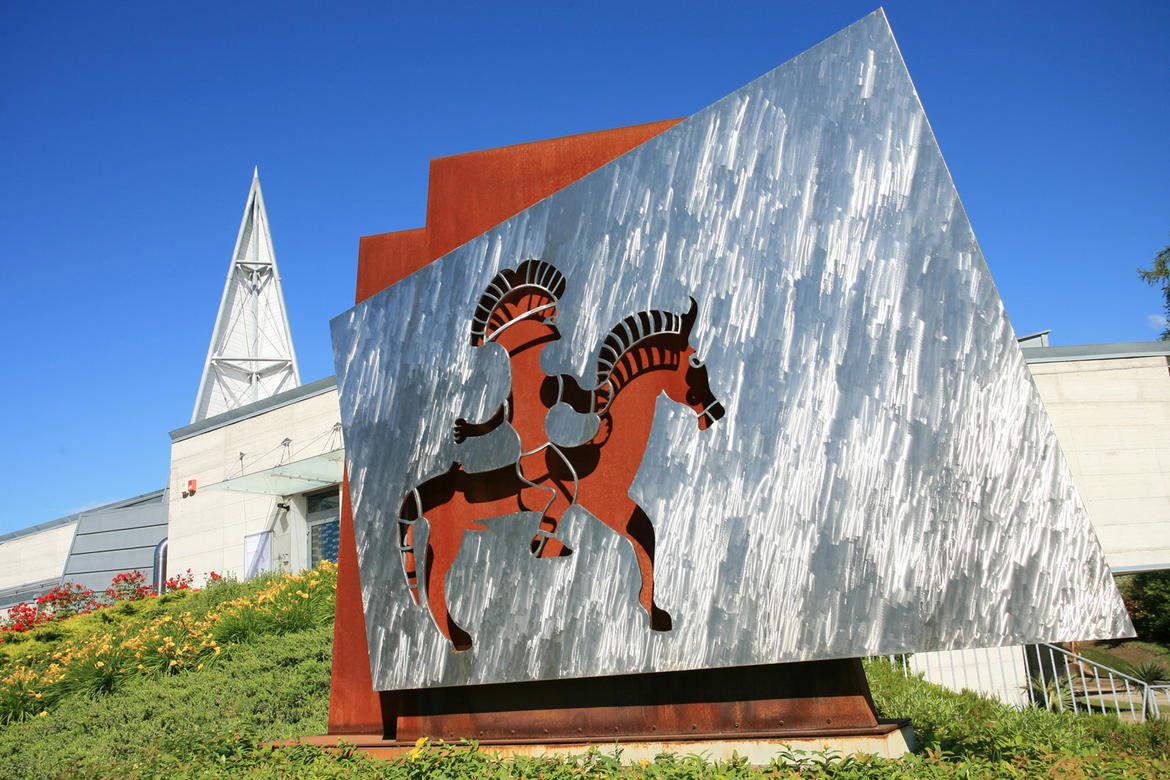
7. The Tret Waterfall
The Tret Waterfall, in the heart of Val di Non between Tret and San Felice, provides a unique setting, with colors and scents exclusively typical of the area. The rapid about 70 meters high ends directly in the canyon formed by the Rio Novella at its base. There are several ways to get to the natural formation on foot, but we recommend visiting the waterfall at its foot, to enjoy the striking view surrounded by greenery in front of it. If, on the other hand, you love the thrill of heights and breathtaking views, then visiting the waterfall from above is for you. From its top, you can enjoy the coolness of the water and the view of even more intense landscapes and aromas.
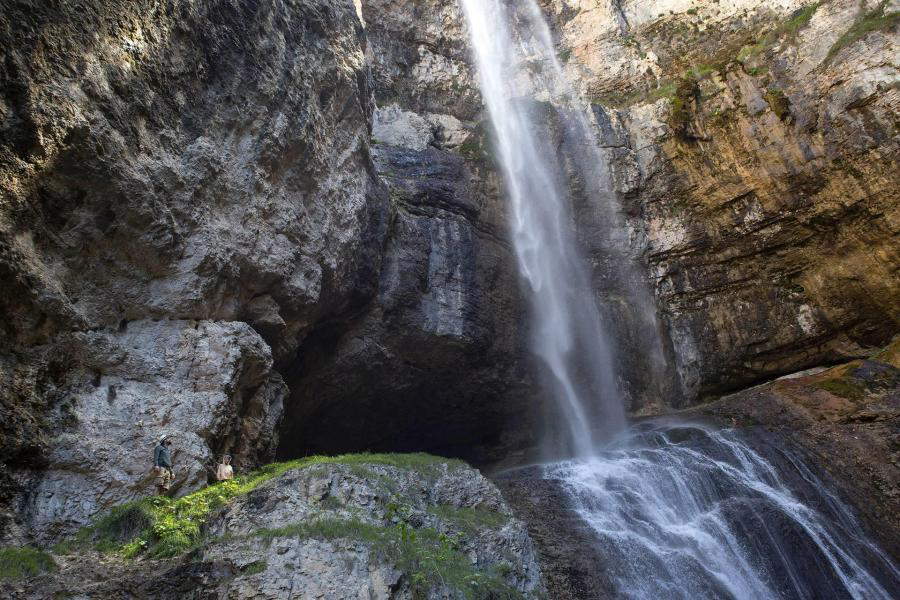
8. Lake Tovel
Known for its peculiarity of turning red, a truly bizarre phenomenon, Lake Tovel now possesses hues ranging from blue to bright green. Because of a seaweed that surfaced only in the summertime, the water appeared particularly bright red; hence, legends and stories were born, such as that of Princess Tresenga who saw her death and that of her army in the lake. Today this no longer happens, but in Trentino its waters are so famous that they have been nicknamed The Caribbean of Trentino because of the play of colors that the surrounding environment gives visitors. In addition, the landscape gives a majestic perspective toward the Brenta Dolomites, which through the foliage of the trees manage to be reflected in its crystal-clear waters.
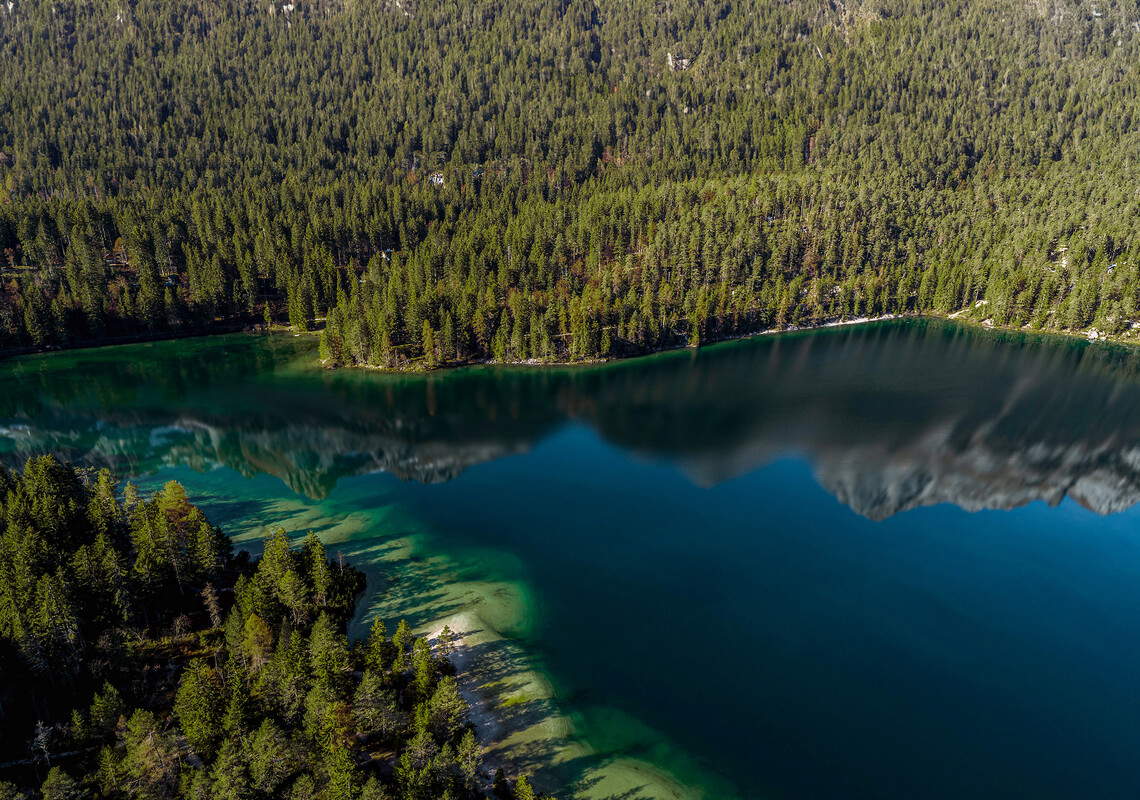
9. The Rio Sass Canyon
The Rio Sass Canyon is a trail consisting of two paths: the first, fascinating and 60 mt deep and 300 mt long, involves a dive into the gorge of the earth through walkways suspended in the void, among rocks, stalactites, fossils and small waterfalls. The second, on the other hand, is more open and bright. The Rio Sass Canyon, cuts through the territory of Fondo and began as a natural labyrinth, with the course of time it has been transformed into a trail suitable for everyone.
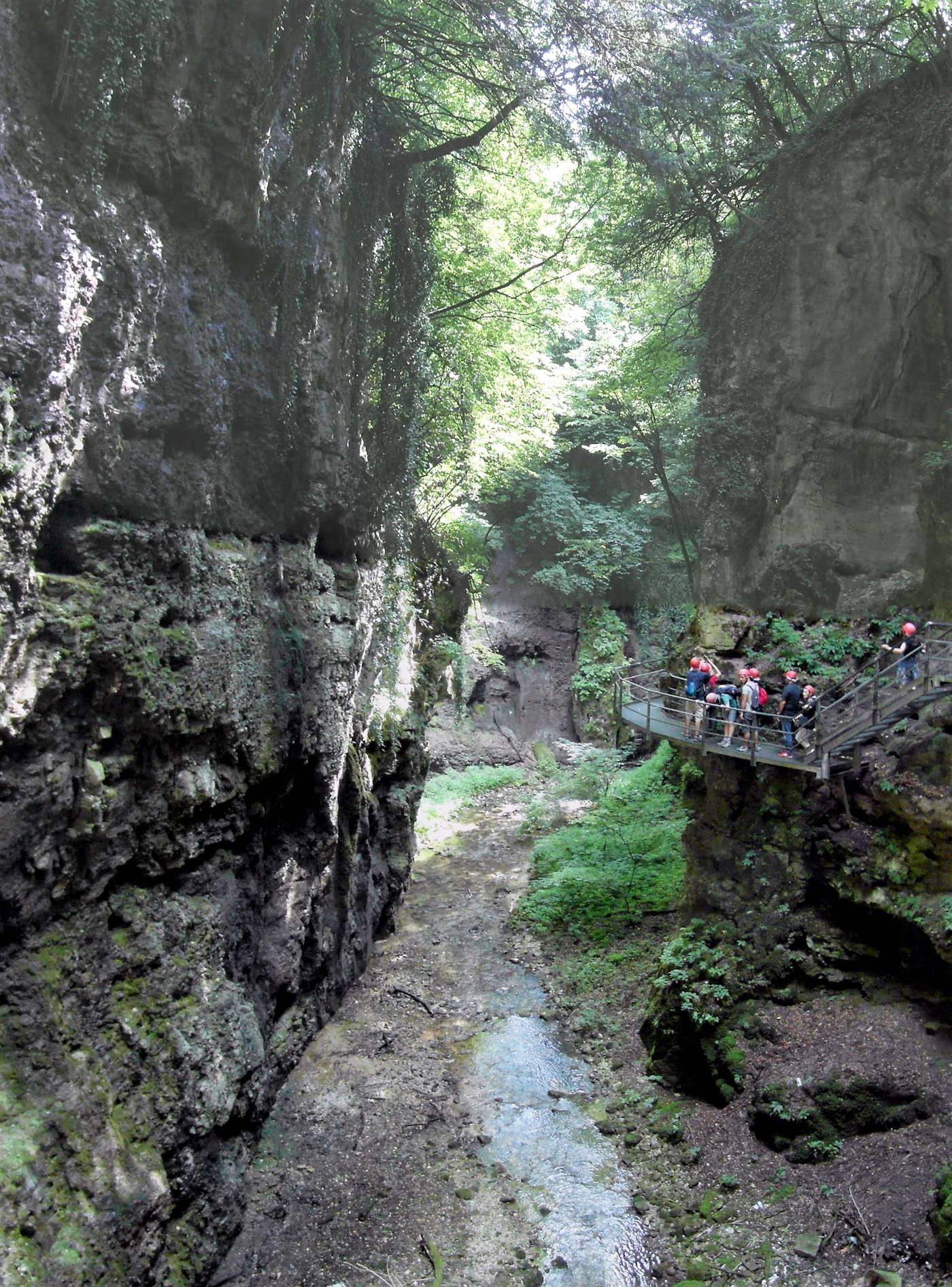
10. The Lez di San Romedio
That of the Lez di San Romedio is certainly the best known trail in Val di Non. It is a mountain path carved into the rock that starts in the village of Sanzeno and ends at the Sanctuary of San Romedio. Why is it so well known and appreciated? It is among the easiest trails to walk and above all it leads to the ancient Sanctuary of San Romedio, the complex of five churches joined together by 131 steps.
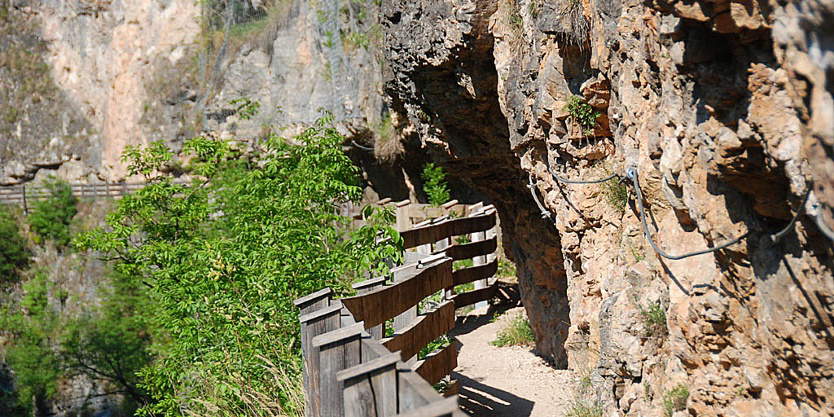
 |
| Val di Non, 10 places to immerse yourself in its nuances |
Warning: the translation into English of the original Italian article was created using automatic tools. We undertake to review all articles, but we do not guarantee the total absence of inaccuracies in the translation due to the program. You can find the original by clicking on the ITA button. If you find any mistake,please contact us.





























